China might have had a head start but Japan isn’t too far behind in the race for a central bank digital currency. Bank of Japan (BoJ) is reportedly testing the feasibility of issuing its own CBDC by exploring it from a technical perspective.
Bank of Japan revealed that it has plans of commencing a proof-of-concept process with the digital yen, Cointelegraph reported. But unlike China, which has already begun testing its own CBDC, BoJ has not yet revealed a timetable for the project.
BoJ’s announced came via a report it recently published titled “Technical challenges of CBDC: Central Bank Digital Currency as the cash equivalent,” where it discussed the pros and cons of issuing a digital yen. The banks said that it would “check the feasibility of CBDC from technical perspectives, collaborate with other central banks and relevant institutions, and consider introducing a CBDC.”
Bank of Japan identified two technical requirements that a CBDC should have. “In order for the central bank digital currency (CBDC) to have a cash equivalent function, it is necessary to ask: ‘Can it be safely used everywhere and at any time?’ Thus, it is necessary to establish a safe and secure payment method and consider whether it is technically possible to have these two properties: universal access and resilience,” BoJ said it the report, according to Decrypt.
For a CBDC to work as intended, it should universally accessible. This means that everyone should be able to use it such as the elderly, children, and even those who do not have smartphones.
“It is important to develop the CBDC to be available to a variety of users,” the report stated. It must be noted that 65 percent of Japanese residents use smartphones. The BoJ noted that developing specialized terminals might be the answer for people who do not have smartphones.
On the other hand, BoJ wants the CBDC system to have “resilience,” which is the ability to function offline when the power or connection is down. This is a must since Japan is an earthquake-prone country and power outages could happen when earthquakes strike.
“Functionality is necessary in the event of a system or communication failure,” the report said. “For example, for many payment terminals that could be installed in stores, etc., [...] equipment such as a self-powered generator is required for use in the event of a power outage. [During] natural disasters In Japan, where there is a lot of risks, there is a strong need for strong payment methods.”









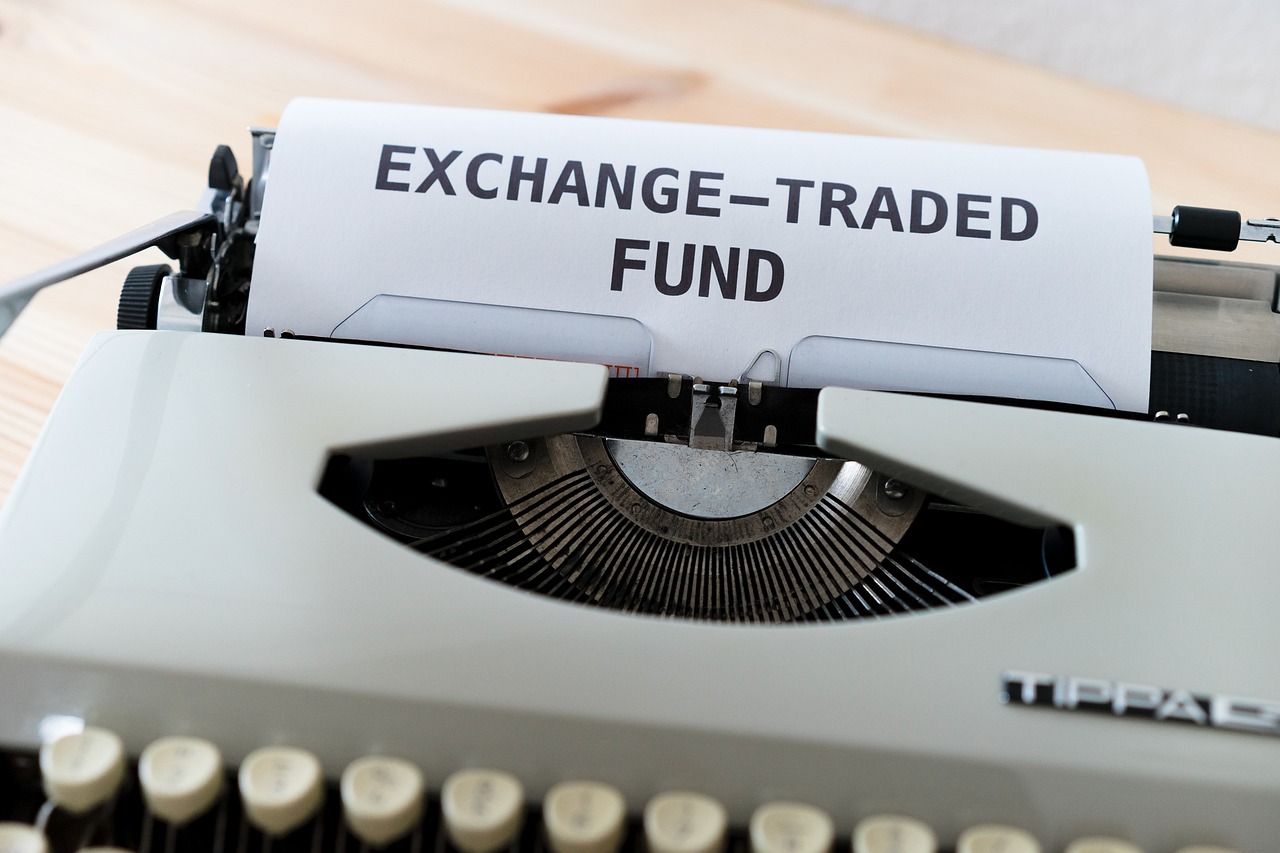

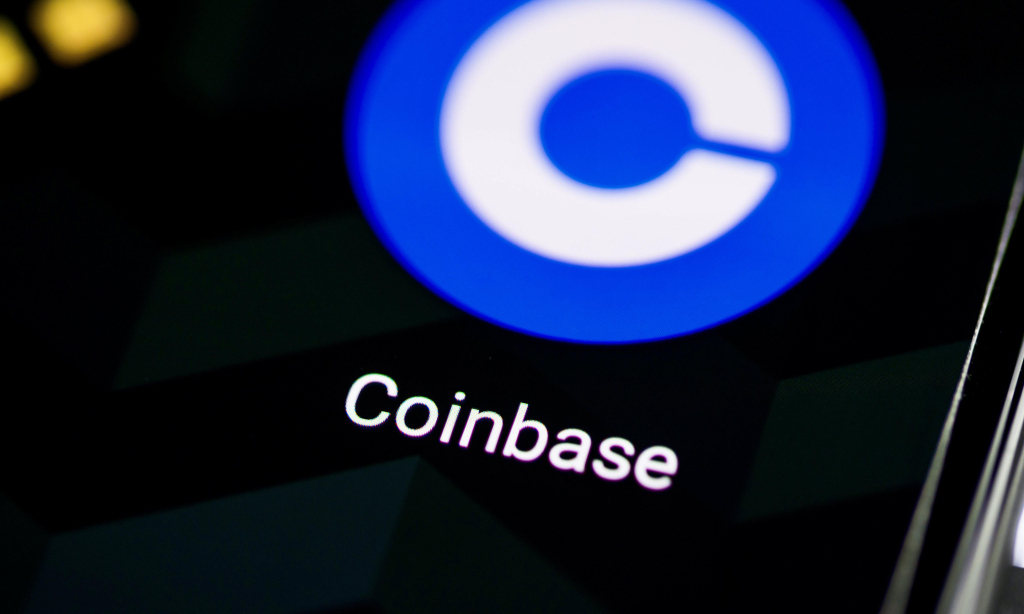
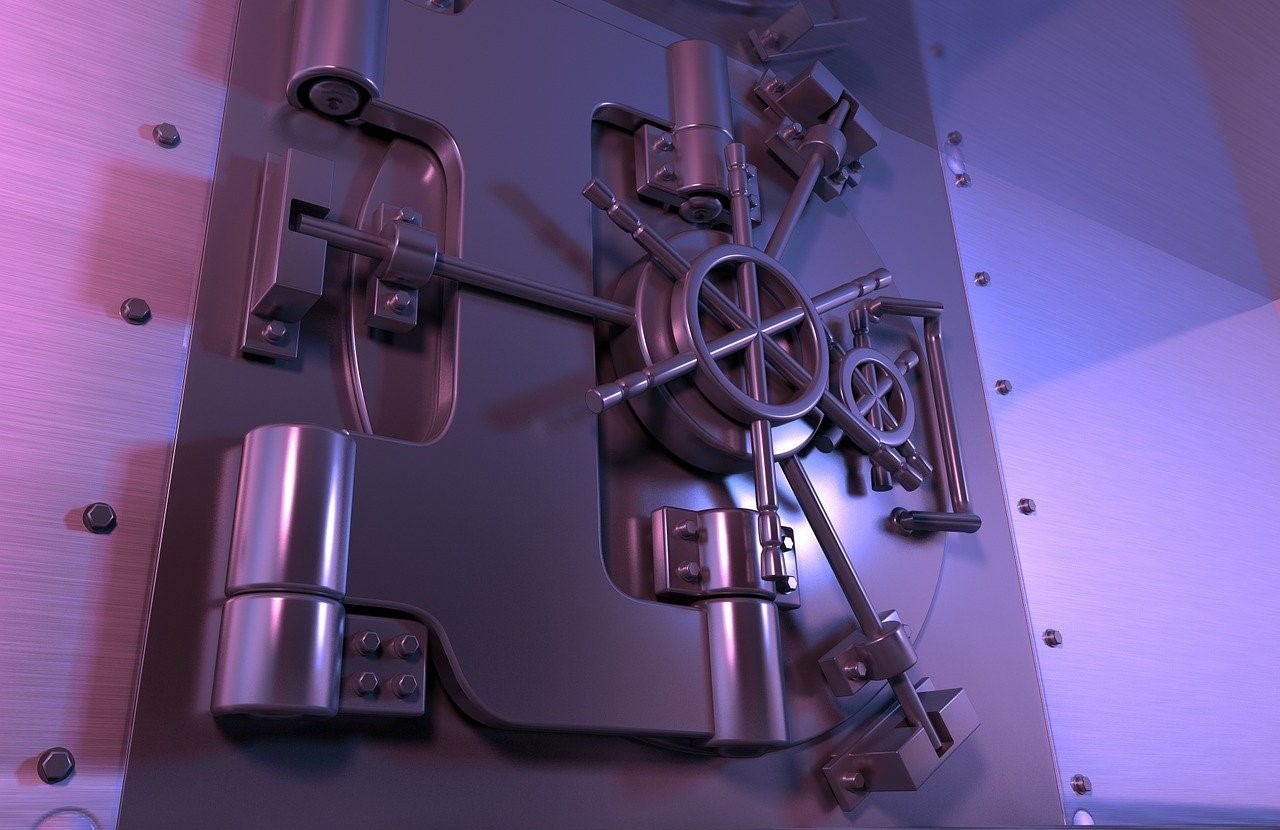

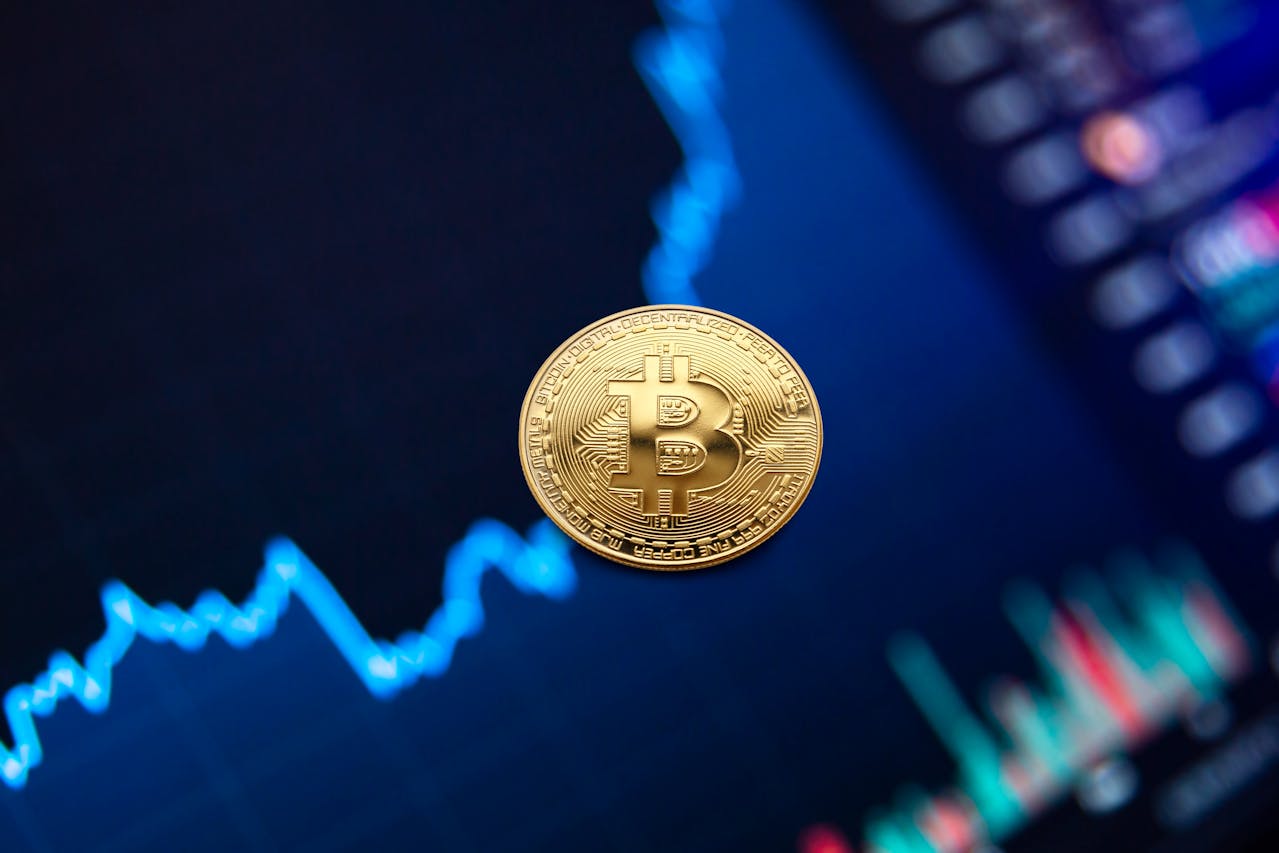


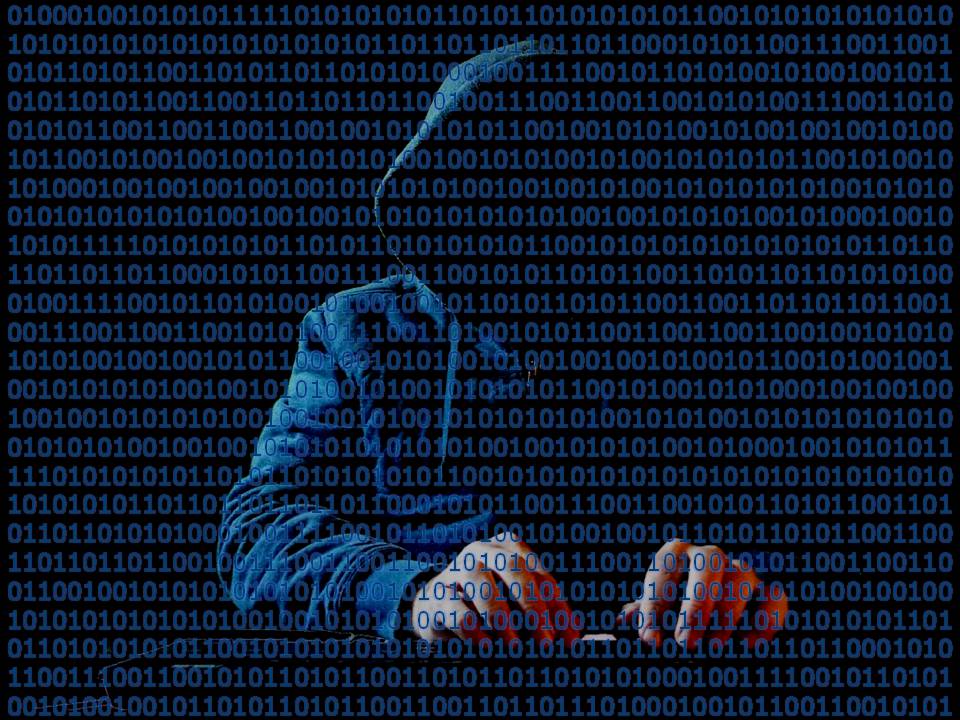





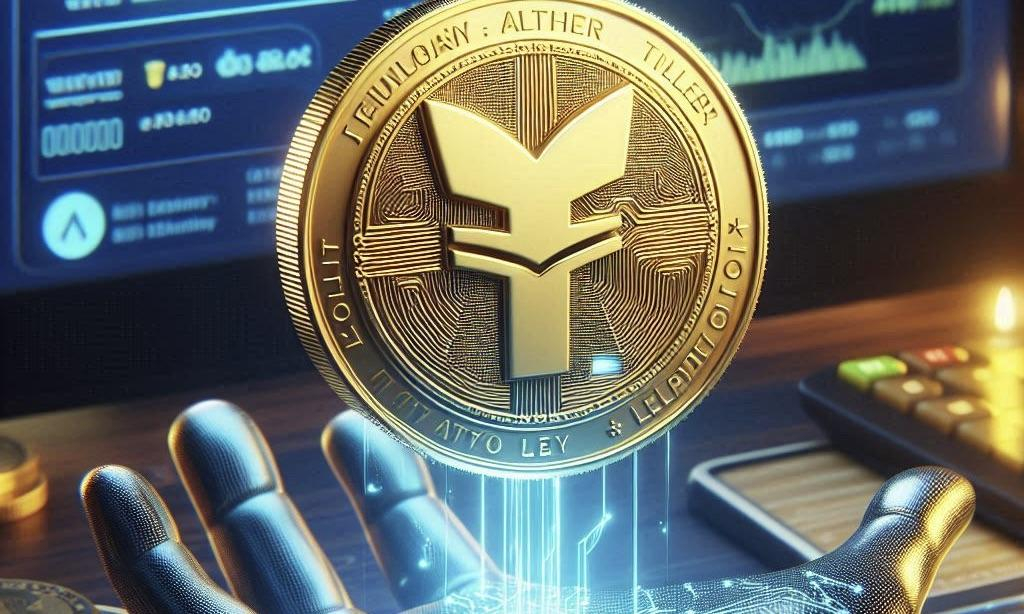


Comment 7